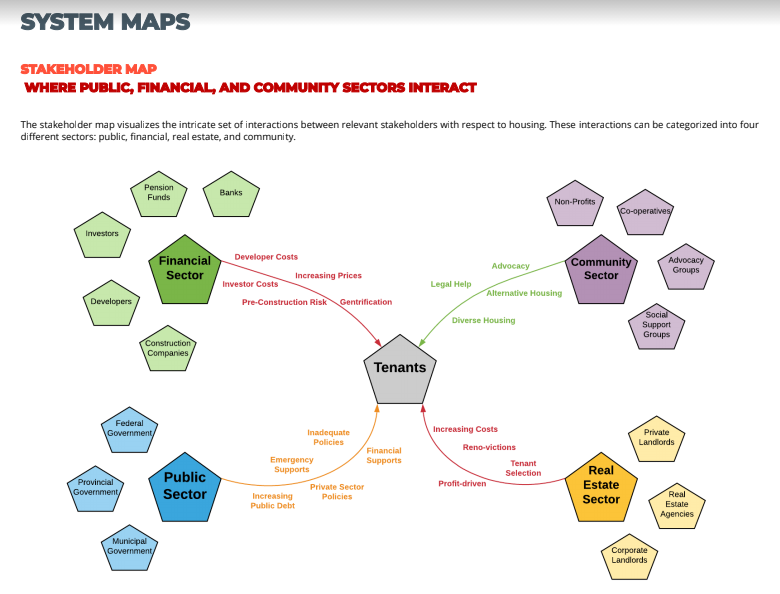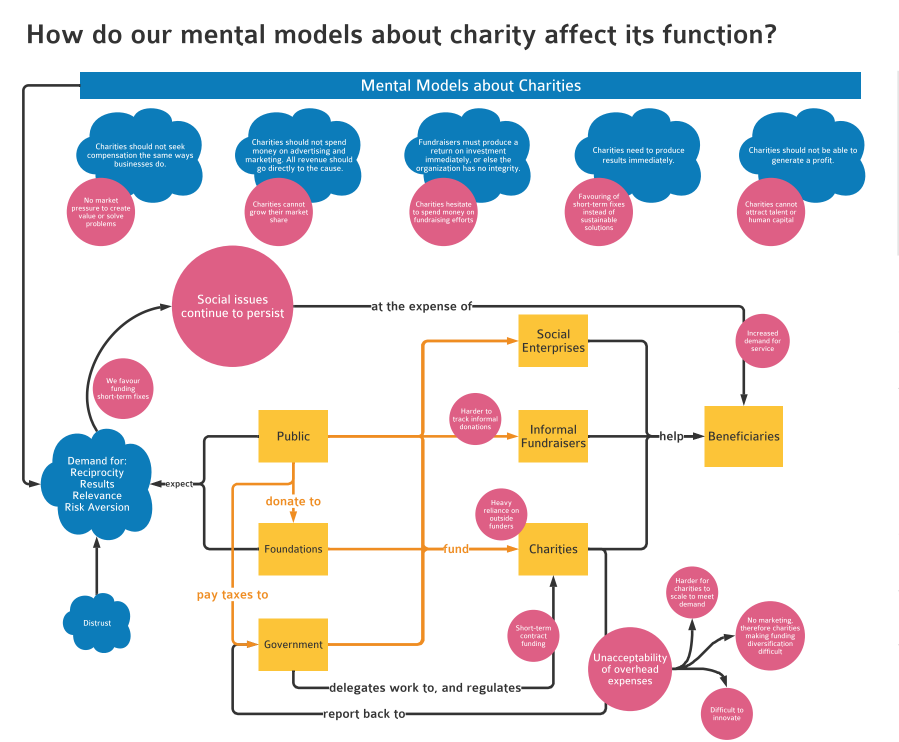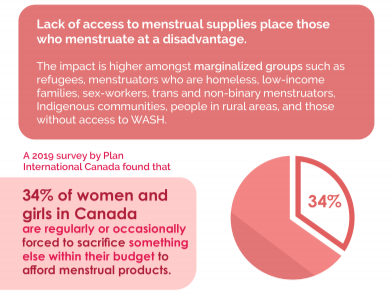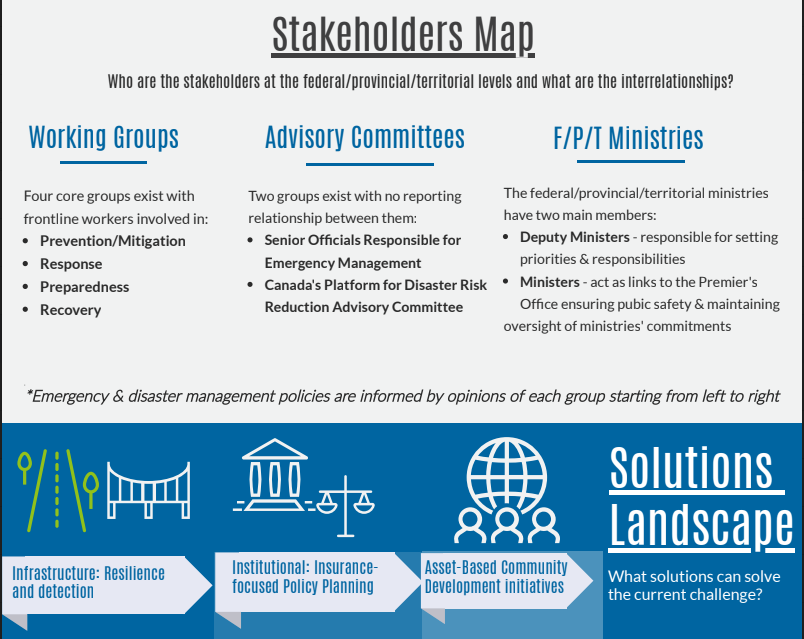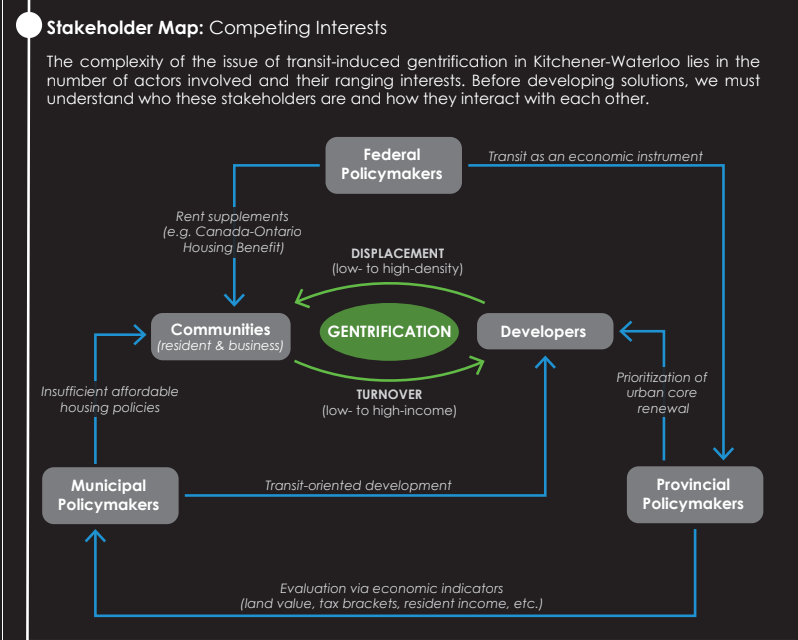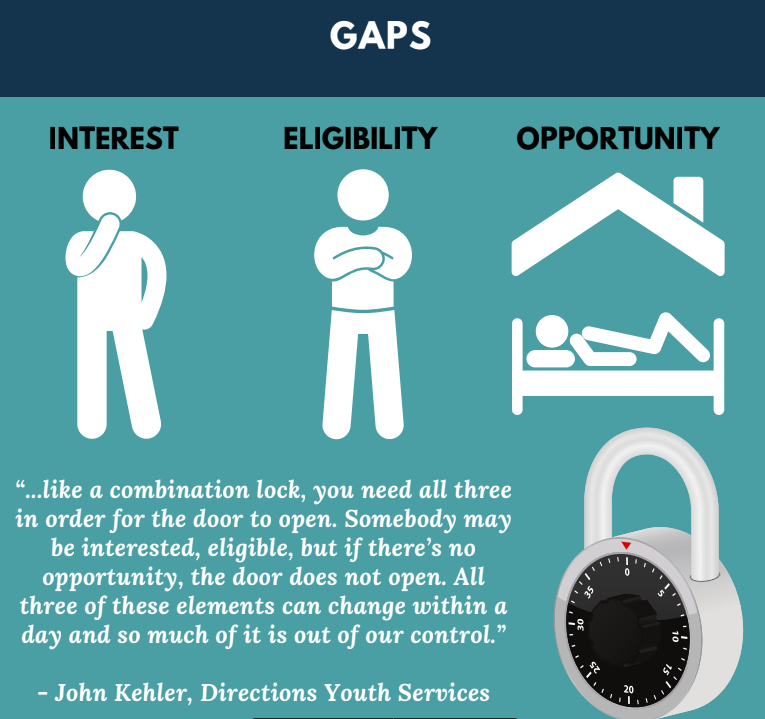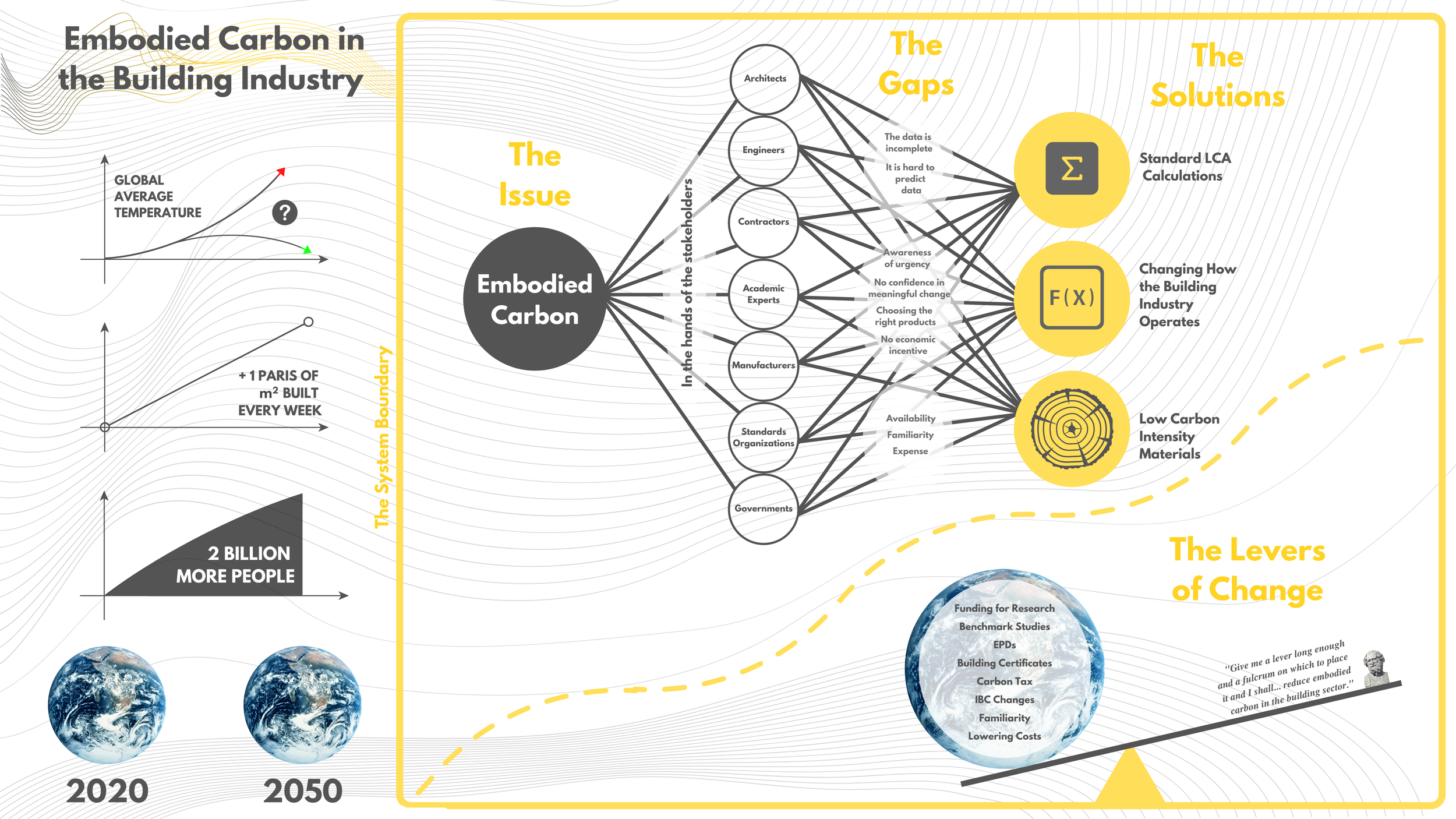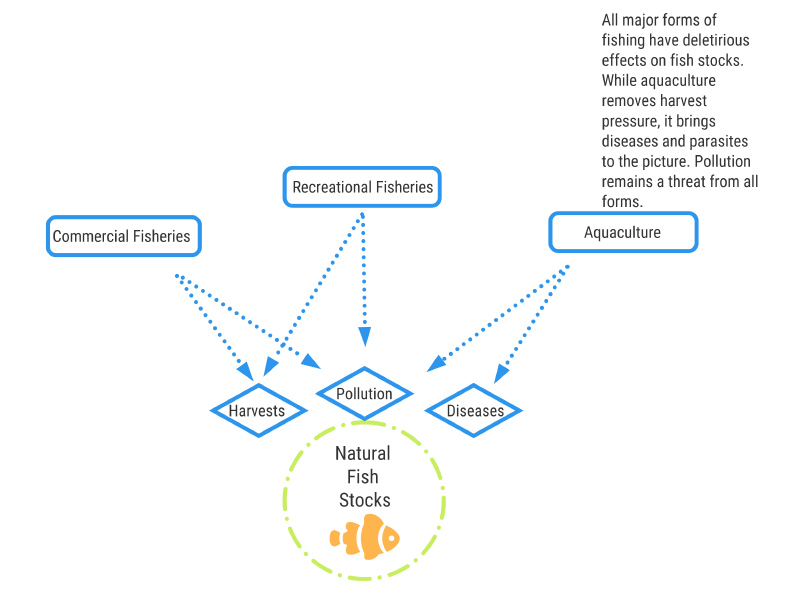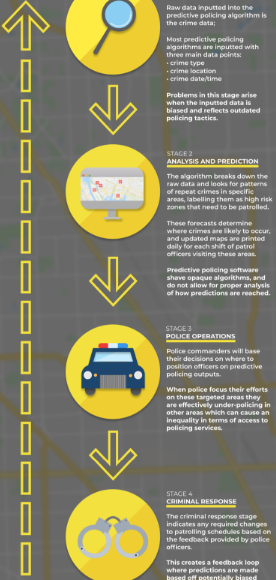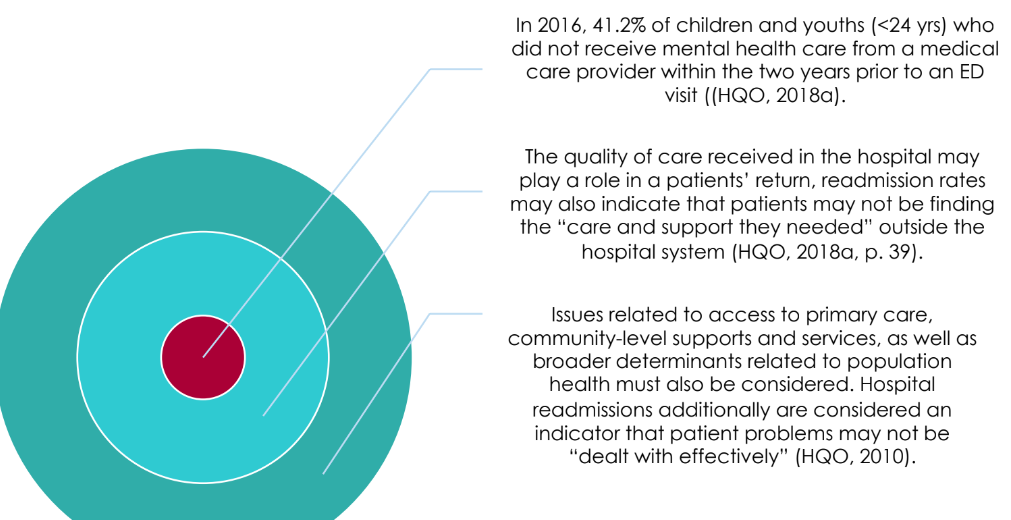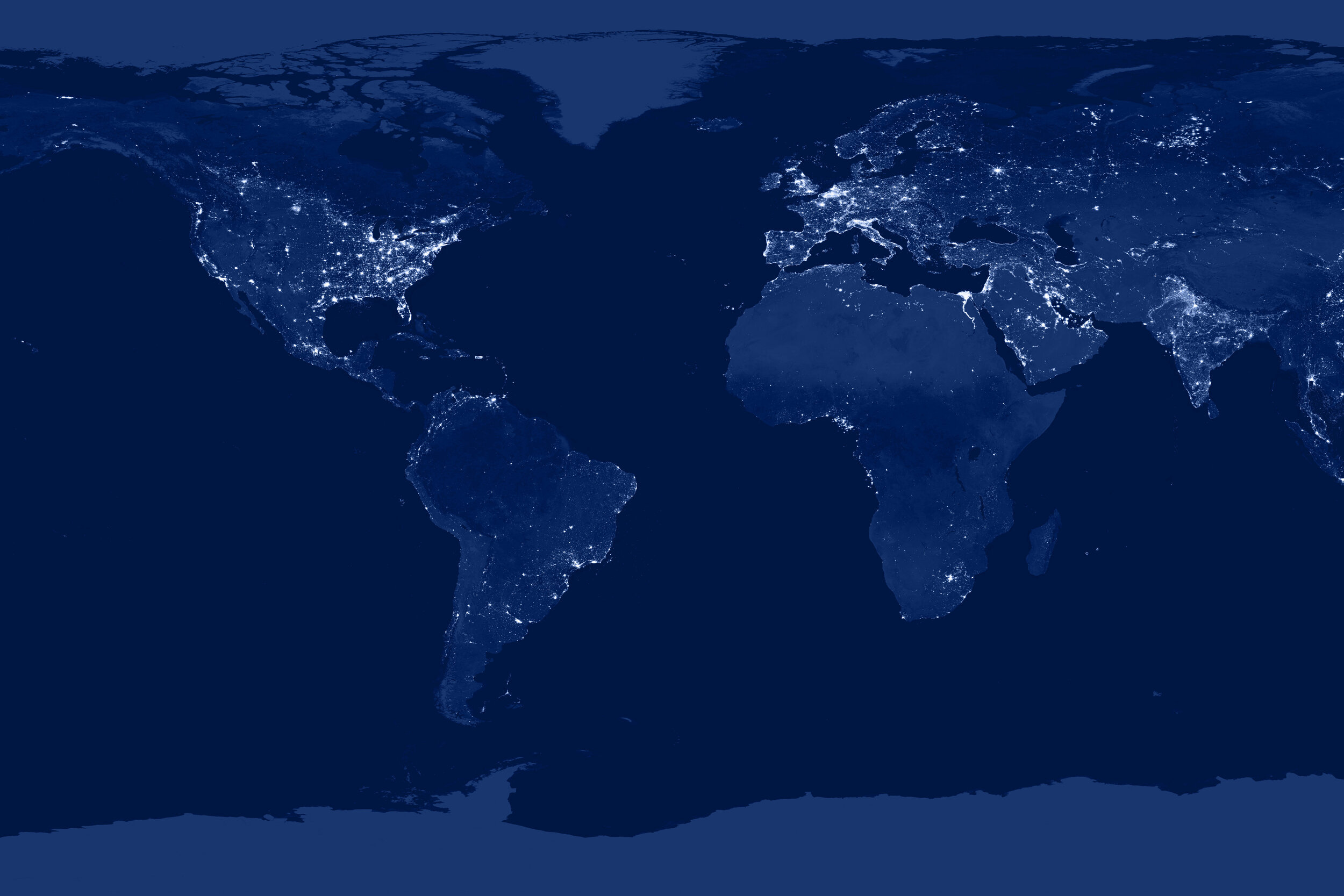
Map the System Canada 2020
Map the System 2020 was our most exciting year yet. For the first time ever the national and global Map the System Finals were held virtually!
Top 6 Canadian Finalists
Affordable Rental Housing Crisis in Toronto
Our project examines the ongoing crisis in Toronto, and its social and economic impacts as well as the proposed solutions. We have sought to understand the housing crisis from a systems thinking perspective. Our goals are to identify impact gaps and levers of change in the system and create a visual systems map to better understand and articulate this social challenge.
Population growth is also outpacing the supply of new rental units, leading to increases in homelessness and social housing demand. Those who can access rental housing have been forced to deal with high costs, tenure instability, and overcrowded or unsafe living situations.
Is Canadian Charity Designed to Fail?
The charity system in Canada is heavily filled with structures, mental models, and behaviours that take away from our ability to solve problems in the long-term.
Short-term funding models, and managing donor and public expectations make it difficult for non-profits to innovate. These pressures are amplified by a growing distrust in organizations, online giving, current events, and the growth of social enterprises. When charities are set-up to only focus on short-term fixes rather than long-term success, a reinforcing loop of unsustainable behaviour is created.
Menstrual Inequality in Canada
Our team, Free Periods Canada, explored menstrual inequities in Canada, and its impact on marginalized communities.This systematic approach helped us understand that in order to eliminate the impact of menstrual inequity: i) The interventions must address the needs of marginalized populations, and knowledge and capacity building should involve both menstruators and non-menstruators. II) Governing bodies play an imperative role in creating sustainable change as policymakers but community members hold the power to inflfence these decisions.
Flooding Crisis in Canada
The most prominent natural disaster in Canada is flooding with three events impacting Quebec, New Brunswick and Ontario in 2019. This led to over 15 000 residences either flooded or isolated, 13 500 disaster victims and over 75 municipalities affected. To lessen the impact of natural disasters, efforts to enhance essential disaster planning, preparedness, response and recovery capabilities. These process-driven response sites are dynamic environments with a number of high value, critical mobile resources/assets – mobile equipment, responders, mobile vehicles, materials/supplies, and food & shelter.
Transit Induced Gentrification in Kitchener Waterloo
Our research explores the current state of transit-induced gentrification in Kitchener-Waterloo. Looking specifically at the cities' newly installed Light Rail Transit (LRT), we explore how this large scale economic tool has attracted growth and development that is causing community displacement for lower income groups. With proper policy for affordable housing in place, and constant discussion between key stakeholders the issues that the Waterloo Region is currently facing, may be avoided.
Youth Homeless in Vancouver
Our research focuses on youth homelessness in the Downtown Eastside (DTES) of Vancouver, British Columbia. As Vancouver has become one of the most expensive cities in the world over the past 3 decades, we seethe effects of this in our growing population of homeless youth.
Although there are currently organizations and fundings that aim to support this issue, there is still an increase in the amount of youth without homes. This is due to most of the support systems in place focusing only on the short term issue of keeping the youth alive.
We propose a government agency that’s purpose is to have the resources and contacts to set up youth with a plan of action that best fits their individual needs. This will create a higher likelihood that when they enter into adulthood they can break their cycle of poverty.
Canadian Finalists 2020 Participants
This research is about stigma-related discrimination on HIV infected individuals in the Philippines.
These students were the participating institutions’ finalists who shared their 10-minute presentation at the Canadian Finals.
If you are begining your journey in Systems-Thinking, you are welcome to refer to these work to get inspirations or build off to conitnue the deep-dive into the problem that intrigues your passion.
Montreal has the reputation of an affordable city. But in the last few years, a housing crisis has been in the making.
We conducted an analysis of attention deficit hyperactivity disorder (ADHD) affecting children due to the lack of provincial resources in Nova Scotia.
Our research focuses on the lack of access to clean and safe water in Madagascar
We have examined the waste management ecosystem in Greater Montreal.
Our research explores First Nations reserves that don’t have access to clean and safe drinking water.
The goal of the project is to improve services for refugee students at SFU due to the lack of awareness about this population’s experiences and needs.
Insects as an alternative protein source are promising solutions for future food insecurity.
Many Indigenous Canadians do not have access to safe drinking water. Laws and policies have prioritized industrial development.
Globally, the food system is the largest cause of greenhouse gas emission, biodiversity loss, ecosystem destruction and fresh water pollution.
Institutions’ Campus Submissions
These students took time to understand the issues of their interest and submitted their research to their campus level Map the System Competition.
A Game Full of Energy
Analysis | Map | Bibliography
Food Waste in Canada
Analysis | Map | Bibliography
Pre-Consumer Food Waste
Analysis | Map | Bibliography
(Re)generative Research for Global Transition
Analysis | Map | Bibliography
Algorithms in Education
Analysis | Map | Bibliography
The Rise of Female Binge Drinking
Analysis | Map | Bibliography
The Potential Impact of Technology in Abating India’s Rape Crisis
Analysis | Map | Bibliography
The Impacts of Heatwaves on the Health of Canadians
Analysis | Map | Bibliography
The Resistance to Artificial Intelligence
Analysis | Map | Bibliography
Food Waste - The Environmental Impact of Supermarkets
Analysis | Map | Bibliography
Embodied Carbon in The Building Industry
Analysis | Map | Bibliography
Empowering Baby Boomers
Analysis | Map | Bibliography
There are NOT Plenty of Fish in the Sea
Analysis | Map | Bibliography
Grocery Store Food Waste in Ontario
Analysis | Map | Bibliography
Housing Addordability in Downtown Kitchener, Ontario
Analysis | Map | Bibliography
Combating Traffic Congestion in Toronto
Analysis | Map | Bibliography
Diabetes in Ontario
Analysis | Map | Bibliography
Predictive Policing
Analysis | Map | Bibliography
Maternal Health Care for Uninsured Newcomers in Greater Toronto Area
Analysis | Map | Bibliography
Stigma, Shame and Perceptions of Sexual Health
Analysis | Map | Bibliography
Alberta’s Bituminous Oil Paradox
Analysis | Map | Bibliography
Young People Leaving Nova Scotia
Analysis | Map | Bibliography
To what Extent does COVID-19 challenge different groups globally?
Analysis | Map | Bibliography
Australia Bushfires
Analysis | Map | Bibliography
The Human Impact of th Gig Economy in the Toronto-Waterloo Region
Analysis | Map | Bibliography
Youth Homelessness in Canada
Analysis | Map | Bibliography
Brazilian Beef Trade
Analysis | Map | Bibliography
Global E-Waste and the Story of Ghana
Analysis | Map | Bibliography
The Mental Health Effects of the 2016 Fort McMurray Wildfires
Analysis | Map | Bibliography
Tackling Hallway Medicine and Hospital Overcrowding in Ontario
Analysis | Map | Bibliography
Road Traffic Congestion in Lagos, Nigeria
Analysis | Map | Bibliography
Information Disorders in Times of Crisis
Analysis | Map | Bibliography
Ecofeminism and Indigenous Voices in Adaptation to Climate Change
Analysis | Map | Bibliography
Canadian Healthcare System
Analysis | Map | Bibliography
Gender-Comforming Restrooms in Ontario
Analysis | Map | Bibliography
Suicide Epidemic in Canadian Indigenous Youth
Analysis | Map | Bibliography
Function Creep in Young Canadians’ Data
Analysis | Map | Bibliography
Negative Effect on the Tourism Industry in Italy
Analysis | Map | Bibliography
Environmental Impact by Fast Fashion Analysis | Map | Bibliography

Map the System Canada 2020: Highlights
Finalist Showcase Booklet
Get a glimpse of what Canadian Students are interested in! The Showcase booklet contains the visual systems maps and project overviews of all 16 Map the System Canada 2020 teams.
Online Showcase
On May 8th, 2020 the Map the System Canada Final Showcase took place. The online showcase was a celebration of all national teams. During the showcase teams were split into two streams based on topic.

